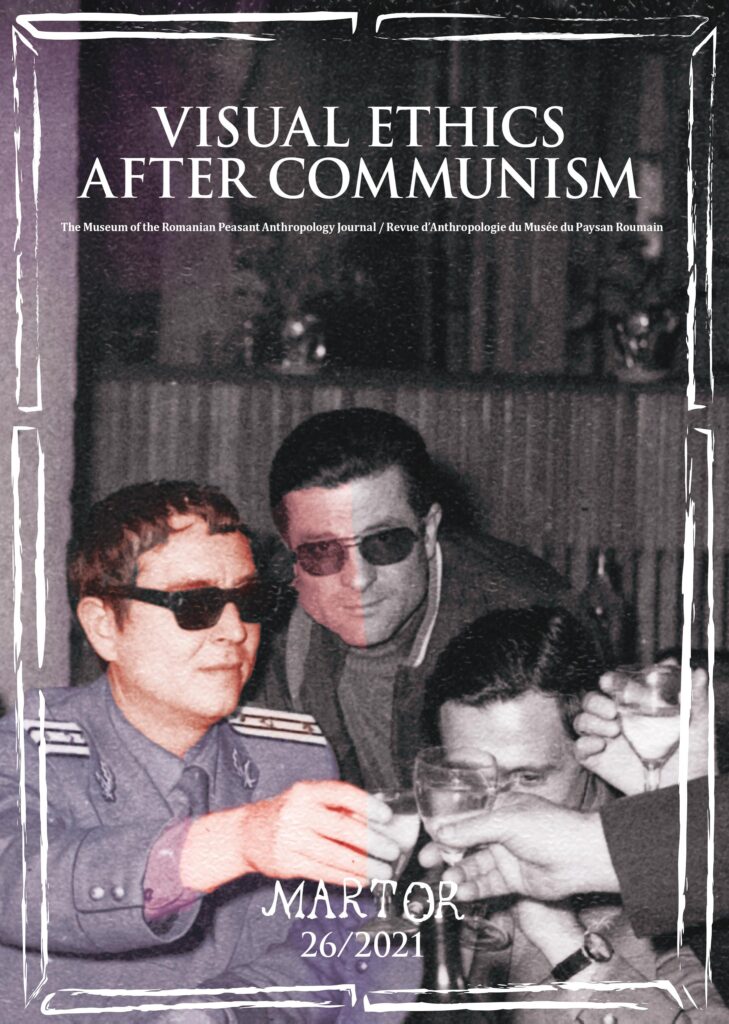New Issue Published: Visual Ethics After Communism

The special issue of ‘Martor’ journal entitled “Visual Ethics After Communism” has just been published!
This special issue of ‘Martor’ was born out of conversations between the three editors, David Crowley, James Kapaló and Gabriela Nicolescu, within the framework of two European funded projects. The COST Action Nep4dissent (project no. CA16213) (https://nep4dissent.eu), an interdisciplinary research network of scholars with an interest in resistance and dissent in former socialist Europe 1945-1989 and the Hidden Galleries ERC project (project no. 677355) (http://hiddengalleries.eu), which focused on visual and material aspects of religion in the archives of the secret police in Hungary, Romania, Moldova and Ukraine.
It was through the lively exchanges and discussions that took place between these groups of curators, historians, anthropologists and scholars of religions that the critical questions emerged that inspired this special issue. As scholars and practitioners, we share an interest in the afterlives of images, texts and objects created during the period of communist rule in Eastern Europe and the ways that they have since been used to narrate that history and mobilise memory since. In the extensive historiography of Eastern Europe under communist rule, images and things often seem incidental or marginal, at least when compared to the authority that written texts and accounts from the period seem to hold.
This issue of ‘Martor’ was conceived as an opportunity to continue our critical self-reflection and to further develop the ideas and conversations we had started on the subject of visual ethics of and after the end of communist rule in Eastern Europe. With this aim in mind, we invited contributions from scholars whose work engages the ethically complex terrain of visual and material cultures of and after communist rule to reflect on the following questions: when does an image or a museum display present itself as problematic and for whom? Under what circumstances is it ethically justifiable to exhibit or publish such images or, conversely, to put images aside, leaving them undisplayed? When do arguments based on “the public good” outweigh the right to personal privacy, individual integrity and cultural patrimony of source communities?
For open access of the special issue of ‘Martor’, click here: http://martor.muzeultaranuluiroman.ro/archive/martor-26-2021

